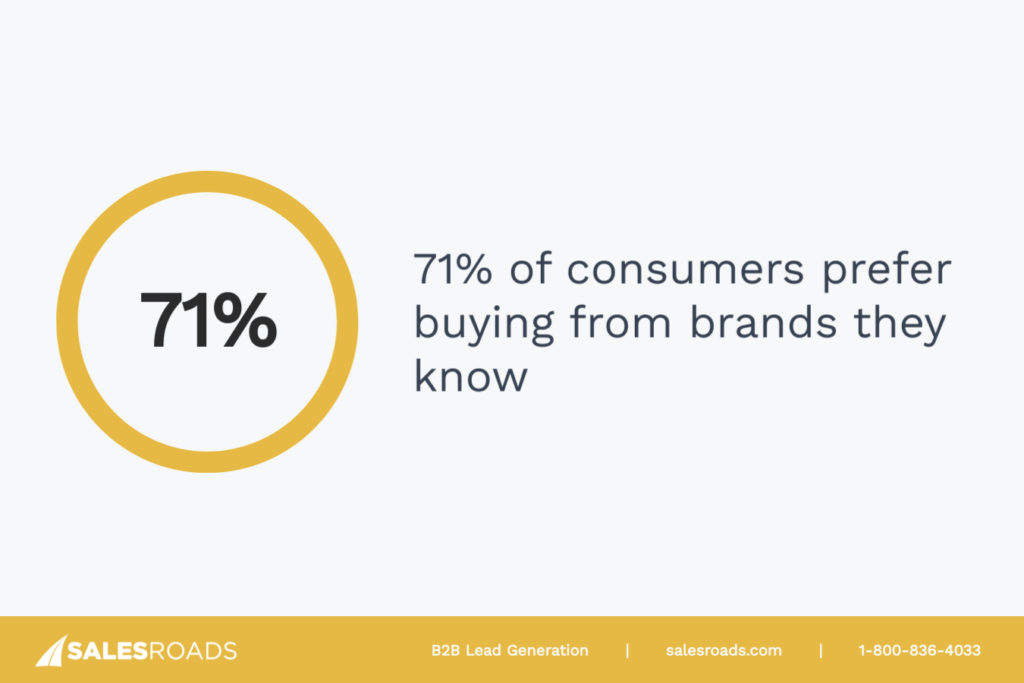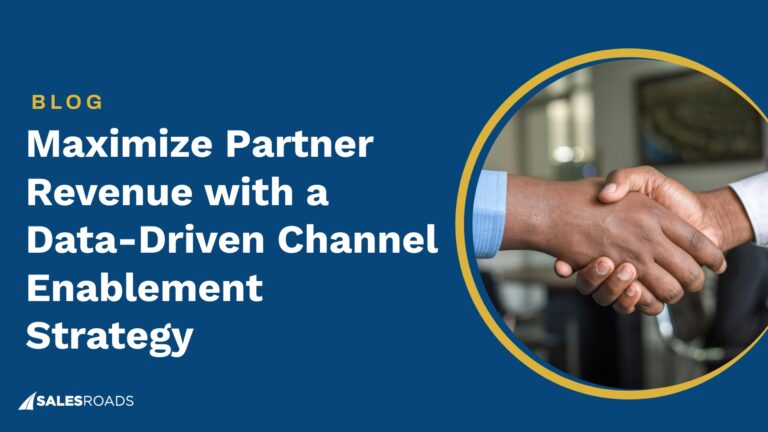In today’s competitive business world, meeting revenue targets is a crucial objective for companies in almost all sectors. Central to this goal is the importance of acquiring qualified leads – the lifeblood of any flourishing business.
Since all customers churn eventually, it’s clear that a solid lead generation strategy is not just beneficial but necessary. This strategy acts as a vital artery, pumping fresh, qualified leads into your sales pipeline, ensuring a steady flow of opportunities for growth and sales.
Understanding Leads and Differentiating the Types
Leads are individuals who have demonstrated interest in your product, possessing the potential to become paying customers. This interest is often shown through actions like filling out a contact form, subscribing to a newsletter, or interacting with online content.
It’s vital for businesses to comprehend and distinguish between different types of leads as part of their sales strategy. The two main categories are Marketing Qualified Leads (MQLs) and Sales Qualified Leads (SQLs), each signifying distinct phases in the customer’s journey. MQLs are prospects engaged with marketing activities, such as downloading brochures, attending webinars, or following the company on social media, indicating interest but not yet ready to buy. SQLs, however, are further along, having been assessed by your sales team as ready for direct engagement and often displaying clearer buying intent.
Differentiating MQLs from SQLs is crucial, enabling tailored strategies for each. MQLs benefit from nurturing and informative content to guide them through the sales funnel, while SQLs require more direct sales approaches. Proper segmentation ensures effective communication, greatly enhancing the likelihood of converting leads into loyal customers.
The Critical Role of Lead Generation in Sales
Lead generation is an essential element in business growth and a fundamental aspect of any sales-driven organization. It involves identifying and nurturing potential customers for your products or services.
It is often confused with demand generation, but the two are distinct practices. Demand generation focuses on marketing campaigns that increase broad interest and awareness in a product while lead generation focuses on collecting contract information for prospects so they can be further pursued to purchase.
| Point of Comparison | Demand Generation | Lead Generation |
|---|---|---|
| Function | Increase awareness | Attract leads |
| Measured Objective | Revenue growth | Converted leads |
Today, effective lead generation is increasingly important, acting as a conduit between marketing efforts and sales outcomes.
Lead generation efforts can be labor-intensive, time-consuming, and costly; but all successful businesses run lead generation campaigns. Here’s what a lead generation campaign can do for your business:
Filling the sales pipeline
Sales, the lifeblood of any business, rely on lead generation to uncover new opportunities and attract potential customers. Balancing the quality and quantity of leads in the sales pipeline is crucial.
Its strategic focus enables businesses to tailor their messaging to their Ideal Customer Profile (ICP), addressing specific needs and pain points, thus enhancing the chances of conversion. This targeted strategy leads to more efficient use of resources and optimizes return on investment. Without a consistent flow of new leads, sales may stagnate, limiting market share growth, and making effective lead generation a strategic necessity that significantly impacts profitability and scalability.
Establishing credibility and trust
A vital part of many lead generation strategies is the creation of valuable content aimed at the target audience. This positions your brand as a credible, trustworthy source within your niche.
Given that consumers conduct extensive research before making purchases, being recognized as an authority can significantly drive sales. Building trust with your audience fosters better customer relationships, leading to repeat business and referrals.
Maintaining competitive edge
Lead generation is a key strategy for most companies, contributing to an industry worth $295.1 billion. Effective lead generation strategies help companies drive more opportunities and revenue, ensuring competitiveness in their markets.
Enhancing brand awareness

Brand awareness—how well your brand is recognized and remembered by your target audience—is vital for influencing buying decisions. With 71% of consumers preferring to buy from familiar brands, high brand awareness is critical.
This underscores the importance of brand visibility and recognition in consumer choices, further highlighting the multifaceted benefits of lead generation in modern business practices.
The Best Lead Generation Strategies
Lead generation strategies are broadly categorized into inbound and outbound methods, each with distinct methodologies and results. Inbound strategies focus on attracting customers through content-rich methods like blogs, whitepapers, podcasts, and webinars. Outbound strategies, in contrast, involve proactive outreach to potential customers through cold calling, direct mail, and email marketing.
While inbound methods are popular due to perceptions of outbound tactics as less efficient and costlier, the advantages of outbound approaches, such as direct human connection in cold calling, are often overlooked. Outbound strategies can lead to quicker, larger deals, while inbound methods rely on a gradual process of customer engagement.
Integrating inbound and outbound strategies creates a dynamic sales pipeline, catering to a broader range of customer touchpoints. This multichannel approach uses data from inbound efforts to refine outbound tactics, fostering a feedback loop that continuously improves both strategies.
For instance, outbound efforts can be utilized to reinforce and expand upon inbound activities. A webinar attendee’s participation could be followed up with a phone call from a sales representative. This call can offer additional information related to the webinar topic, invite feedback, or present an exclusive offer.
In a multichannel strategy, consistency in content across all platforms and alignment between teams and tracking tools is essential. Using an integrated CRM system ensures seamless transitions between inbound and outbound interactions.
The key to successful integration is not just parallel operation of inbound and outbound campaigns, but creating a dialogue between them, allowing insights from each to enhance the other. This holistic approach ensures no opportunity is missed and every lead is fully nurtured, leading to a more robust and effective sales pipeline.
Bottom Line
The importance of generating qualified leads cannot be overstated. It’s a crucial element that businesses simply cannot afford to ignore. To maintain a competitive edge and ensure a continuous influx of potential customers, adopting a multichannel approach is key.
By strategically combining inbound and outbound lead generation tactics, companies can create a consistent flow of leads through various funnels. This integrated approach not only maximizes the reach and efficiency of lead generation efforts but also caters to diverse consumer behaviors and preferences. Ultimately, a well-rounded, multichannel lead generation strategy is instrumental in driving sustainable business growth and achieving long-term revenue goals.











